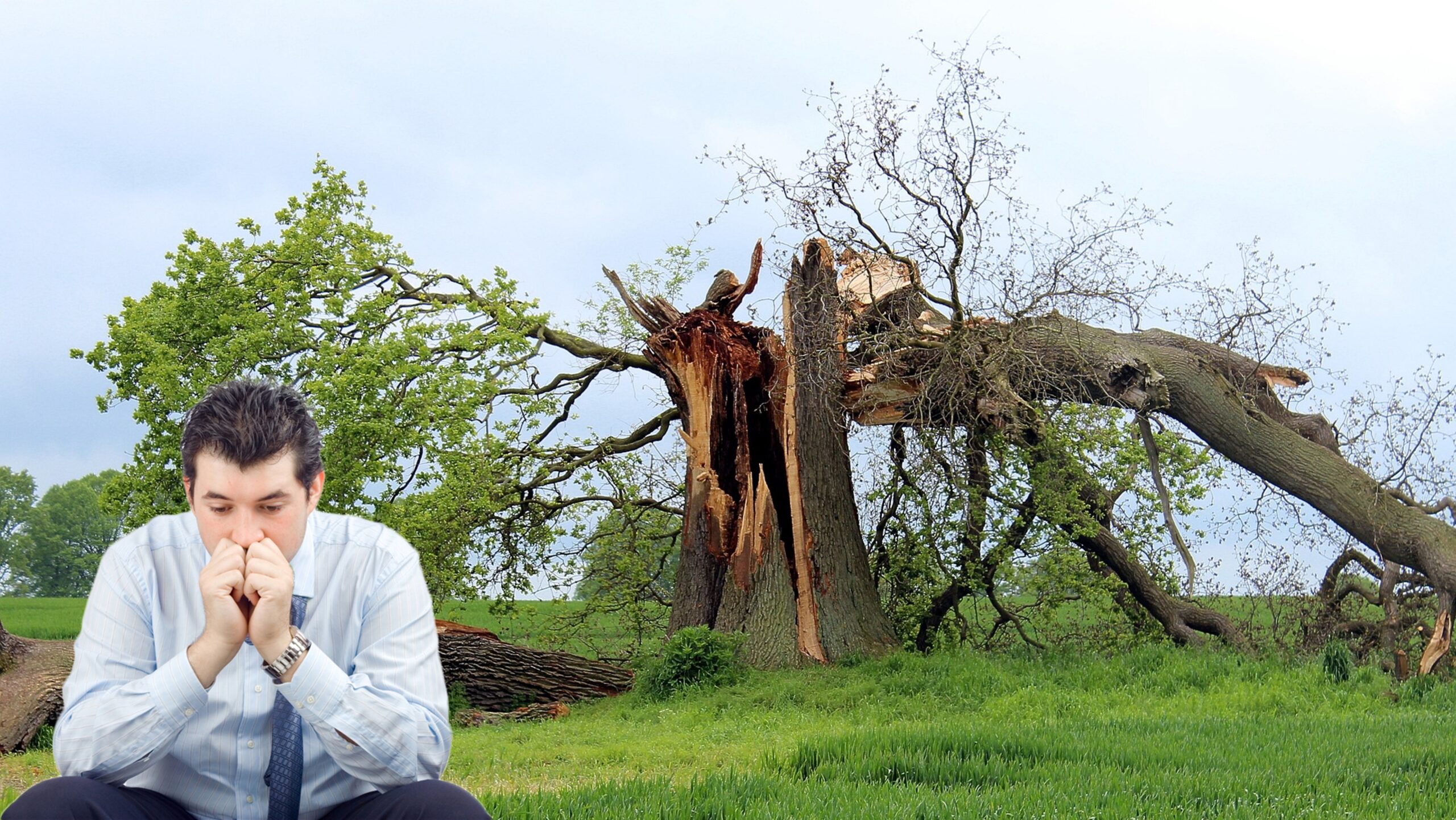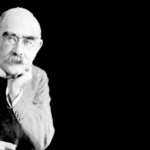Over the years, as I have coached people through their challenges, I have come to realise that a lot of the problems people have are a result of inflexibility in their thinking, very rigid life rules, and a desperation to cling to their beliefs, even if those beliefs are outdated or self-destructive. When I mull over this observation, I picture in my mind trees blowing in a strong wind, and I think about how the trees can survive strong winds because they are flexible and can bend in the wind.
To illustrate this point, I want to share with you the tale of the Stubborn Oak and the Graceful Willow. This story, though simple, encapsulates the essence of flexibility and how it can be a powerful tool in overcoming life’s challenges.
The Tale of the Stubborn Oak and the Graceful Willow
Once upon a time, in a dense forest, there stood a grand Oak tree and a slender Willow tree. The Oak, with its towering height and robust trunk, took pride in its strength and steadfastness. It boasted to all the other trees, “I am the mightiest in this forest. My roots run deep, and my trunk is unyielding. No wind can bring me down!”
The Willow, on the other hand, was humble and quiet. Its branches were thin, and its leaves fluttered delicately in the breeze. The other trees often overlooked the Willow, seeing it as weak compared to the mighty Oak.
One stormy night, a powerful wind swept through the forest. The gusts howled and roared, shaking the trees to their very roots. The Oak, true to its nature, stood firm and rigid. It refused to bend or sway, confident that its strength would see it through.
But the wind was relentless. It pushed and pulled with increasing force. The Oak, unable to yield, began to crack. With a loud snap, its trunk broke, and the mighty tree came crashing down, defeated by its own inflexibility.
The Willow, however, danced with the wind. It bent and swayed, allowing the gusts to pass through its branches. It twisted and turned, never resisting, always adapting. When the storm finally passed, the Willow stood tall and unharmed, its leaves glistening in the dawn light.
The other trees, witnessing this, realised the wisdom in the Willow’s ways and asked, “How did you survive the storm when the mighty Oak could not?”
The Willow smiled gently and replied, “Strength is not always about standing firm. Sometimes, it is about knowing when to bend. Flexibility allows us to weather the storms of life, adapting and growing stronger with each challenge.”
From that day on, the trees in the forest embraced the lesson of the Willow. They learned to balance strength with flexibility, understanding that true resilience comes from the ability to bend without breaking.
The Human Parallel
This story serves as a powerful metaphor for human behaviour and resilience. Like the Oak, many of us believe that strength lies in rigidity and unyielding determination. We create rigid life rules, cling to outdated beliefs, and resist change, thinking that this will keep us safe and secure. However, just as the Oak’s inflexibility led to its downfall, our own rigidity can lead to stress, conflict, and stagnation.
Conversely, the Willow’s flexibility allowed it to survive and thrive. This teaches us that true strength lies in adaptability. Being able to bend without breaking, to adjust our beliefs and behaviours in response to current information and changing circumstances, is crucial for personal and professional success.
Inflexibility in Personal Life
In personal life, inflexibility manifests in several ways. It can appear as an unwillingness to adapt to new situations, an inability to let go of past grievances, or a resistance to learning and growth. This rigidity can lead to increased stress and anxiety, as individuals struggle to fit their unyielding beliefs into a dynamic and ever-changing reality.
For example, consider someone who holds onto a belief that they must always be perfect and never make mistakes. This belief can lead to immense pressure, stress, and fear of failure. It can prevent them from taking risks, trying new things, and from growing and learning.
On the other hand, someone who is flexible understands that mistakes are a part of life and an essential component of learning. They can adapt their expectations, forgive themselves for their imperfections, and embrace new opportunities for growth. This adaptability reduces stress and fosters a more positive and resilient mindset.
Inflexibility in Professional Life
In the workplace, inflexibility can be equally damaging. It can hinder innovation, collaboration, and progress. Rigid thinking can create an environment where employees are afraid to voice innovative ideas, take risks, or adapt to changing market conditions.
For instance, a company that clings to outdated business models and refuses to adapt to modern technologies or market demands is likely to fall behind its more adaptable competitors. Similarly, a manager who insists on micromanaging and adhering strictly to traditional methods may stifle creativity and innovation within their team.
Flexibility, on the other hand, allows for growth and adaptability in the face of change. Leaders who embrace flexible thinking encourage their teams to experiment, take calculated risks, and innovate. Companies that adapt to innovative technologies and market trends are more likely to thrive in a competitive environment.
Cultivating Flexibility
So, how can we cultivate flexibility in our own lives and in the lives of those we coach? Here are some strategies:
1. Challenge Rigid Beliefs
One of the first steps in cultivating flexibility is to identify and challenge rigid beliefs. These are the unyielding rules and assumptions we hold about ourselves, others, and the world. By questioning these beliefs and considering alternative perspectives, we can begin to adopt a more flexible mindset.
For example, if someone believes that asking for help is a sign of weakness, challenge this belief by exploring the benefits of seeking support and the strength it takes to acknowledge one’s limitations.
2. Embrace Change
Change is inevitable, and learning to embrace it rather than resist it is key to developing flexibility. Encourage yourself and those you coach to see change as an opportunity for growth rather than a threat. This can involve reframing negative thoughts about change and focusing on the potential benefits and learning experiences it offers.
3. Practice Mindfulness
Mindfulness practices can help increase awareness of rigid thought patterns and promote a more flexible mindset. By staying present and observing thoughts without judgment, we can become more attuned to when we are being inflexible and make conscious choices to adapt.
4. Foster a Growth Mindset
A growth mindset, unlike a fixed mindset, is defined by the belief that abilities and intelligence can be enhanced through effort and learning. Encourage a growth mindset by celebrating progress, learning from mistakes, and viewing challenges as opportunities for development.
5. Encourage Openness to Feedback
Being open to feedback is a crucial aspect of flexibility. It involves listening to others’ perspectives, considering their input, and being willing to adjust our beliefs and behaviours accordingly. This openness can lead to personal and professional growth, improved relationships, and enhanced problem-solving abilities.
Applying Flexibility in Coaching/Mentoring
As a coach/mentor, one of the most valuable gifts you can give others is the ability to be flexible. Here is how you can integrate the principle of flexibility into your coaching/mentoring:
1. Use Analogies and Stories
Just as I used the story of the Oak and the Willow to illustrate the importance of flexibility, you can use analogies and stories to help others understand and internalise this principle. Stories have a unique way of resonating with people and making abstract concepts more tangible.
2. Role-Playing and Perspective-Taking
Engage people in role-playing exercises that encourage them to see situations from different perspectives. This practice can help them develop empathy and adaptability, making them more flexible in their thinking and behaviour.
3. Encourage Self-Reflection
Promote self-reflection by asking people to consider times when their inflexibility has led to problems and when being flexible has helped them succeed. Reflecting on these experiences can reinforce the value of adaptability.
4. Set Flexible Goals
Help others set goals that are specific yet flexible. This means encouraging them to focus on the desired outcome while remaining open to different paths to achieve it. Flexible goals allow for adjustments as circumstances change, reducing the pressure to adhere to a rigid plan.
5. Model Flexibility
As a coach/mentor, model flexibility in your own behaviour. Show people how you adapt to new information, adjust your approach based on their needs, and remain open to feedback. Your example will demonstrate the value of flexibility in action.
Conclusion
The tale of the Stubborn Oak and the Graceful Willow serves as a poignant reminder that true strength lies in flexibility. In both personal and professional life, the ability to bend without breaking, to adapt and grow in response to change, is crucial for overcoming challenges and achieving success.
By challenging rigid beliefs, embracing change, practising mindfulness, fostering a growth mindset, and encouraging openness to feedback, we can cultivate flexibility in ourselves and others. As coaches/mentors, integrating these principles into our work can empower others to navigate life’s storms with resilience and grace, just like the Willow. In the ever-changing landscape of life, let us strive to be like the Willow—standing tall, yet ever ready to dance with the wind.








